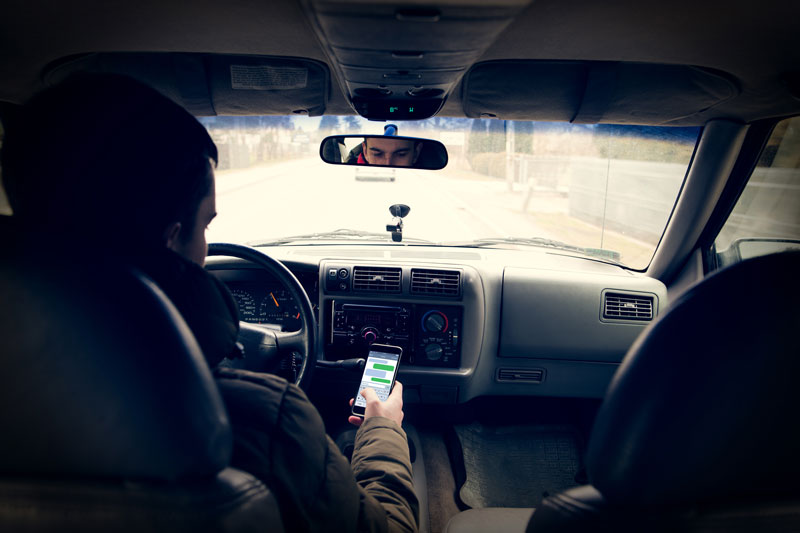Technology has allowed us to stay connected in new ways, but sending a text message or replying to an email from behind the wheel can cause a “hangover effect,” according to AAA.
In a 2013 study, researchers at the AAA Foundation for Traffic & Safety found that a driver’s mind stays distracted for up to 27 seconds after using voice-to-text features.
The actions that can cause drivers to experience a “hangover effect” include sending text messages, making phone calls or even updating social media.
“Once you start moving, even after you stop using [the technology], your mind is still not on the task [of driving],” Robert Sinclair, manager of media relations for AAA-Northeast, recent told CNBC’s “On the Money.”
“The level of distraction gets so bad that a person gets in a zone where its ‘inattention blindness’ … where you’re looking at the road but you’re not seeing what’s in front of you. We’re talking about pedestrians, cyclists, other cars, red lights, stop signs, those sorts of things,” Sinclair added on CNBC.
San Francisco start-up Navdy wants to lessen the danger with its heads up display technology putting the information that’s on your phone—whether its navigation, emails, or text messages—on a small screen in front of the driver.
Founder Doug Simpson admitted to CNBC while it’s still distracted driving it’s better than the driver taking their eyes off the road.
“There’s no technology, that we’re aware of right now, that would enable you to do these functions while you’re driving safely,” Sinclair said.
Preliminary data from the National Safety Council estimates that as many as 40,000 people died in motor vehicle crashes in 2016, the deadliest year on the road in a decade.
Learn more about distracted driving from the National Safety Council.


